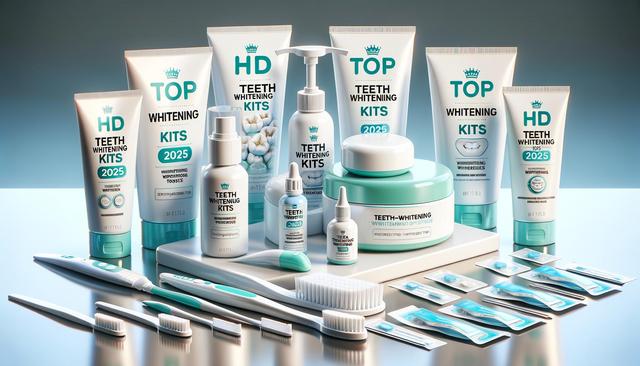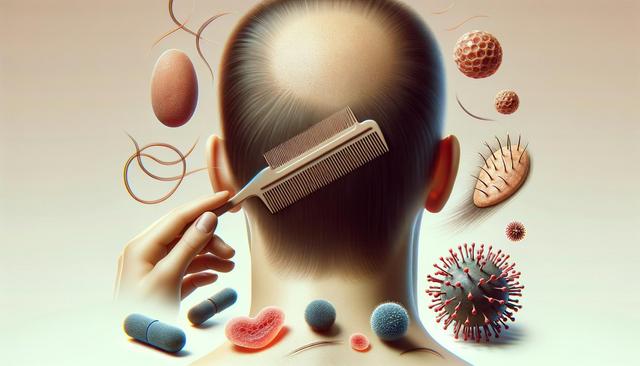Understanding At-Home Teeth Whitening Kits
Teeth whitening kits have become a convenient alternative to in-office dental treatments. Designed for home use, these kits typically include a whitening agent—often hydrogen peroxide or carbamide peroxide—and an application method such as trays, strips, pens, or LED lights. The key appeal of these kits lies in their accessibility, affordability, and the ability to fit into a busy schedule. While results can vary depending on the formulation and user consistency, many people experience noticeable whitening after just a few uses.
Most kits are meant for short-term use, usually over a period of one to two weeks. It’s important to follow the instructions carefully, as improper use can lead to tooth sensitivity or gum irritation. Consumers should also consider their dental history and consult a dentist if they have existing dental restorations like crowns or veneers, which do not respond to whitening agents.
Types of Whitening Kits Available
There are several types of whitening kits on the market, each with its own strengths and considerations. Choosing the right one depends on your lifestyle, preferences, and sensitivity level. Here are the most common options:
- Whitening Strips: Pre-coated with whitening gel and easy to apply, these are ideal for beginners.
- Whitening Trays: Often customizable for better fit and more even application of the gel.
- LED Light Kits: Use light activation to accelerate the whitening process.
- Whitening Pens: Convenient for touch-ups and travel-friendly use.
When selecting a kit, it’s helpful to look for those that have been tested for safety and effectiveness. Many kits on the market today include enamel-safe formulas and added ingredients like potassium nitrate to reduce sensitivity. User reviews and clinical study references can also guide informed decisions.
Factors to Consider Before Buying
Before purchasing a teeth whitening kit, several key factors should be evaluated to ensure the product meets your expectations and needs. These include:
- Ingredients: Look for clinically proven whitening agents and avoid products with harsh abrasives.
- Application Time: Some kits require only 10 minutes a day, while others may need up to an hour.
- Duration of Results: Results can last from a few months to a year, depending on diet, oral hygiene, and tobacco use.
- Sensitivity: If you have sensitive teeth, opt for kits designed specifically to minimize discomfort.
Additionally, it’s wise to check whether the manufacturer provides clear instructions and customer support. A well-documented product with helpful resources often reflects better quality control and user experience.
Maintaining Your Results
Whitening your teeth is only part of the process—maintaining the brightness is just as important. Once you complete a whitening treatment cycle, consider the following habits to preserve your results:
- Avoid staining foods and drinks: Limit coffee, tea, red wine, and dark berries.
- Practice good oral hygiene: Brush and floss regularly to prevent plaque buildup.
- Use touch-up kits: Many brands offer maintenance products designed for occasional use.
- Drink water frequently: Rinsing your mouth helps reduce staining agents.
Incorporating these habits into your daily routine can significantly extend the longevity of your whitening results, especially when combined with a fluoride toothpaste that supports enamel health.
Safety and Professional Recommendations
While at-home whitening kits are generally safe when used as directed, consulting with a dental professional beforehand is a smart move—especially if you have underlying oral health concerns. Dentists can help identify potential risks and determine if a specific product is suitable for your teeth and gums.
For individuals with dental restorations, uneven whitening can occur, as artificial materials don’t respond to bleaching agents. In such cases, your dentist might recommend alternatives or professional treatments. It’s also worth noting that overuse of whitening products can lead to enamel erosion or increased sensitivity, so moderation is key.
Ultimately, using a well-formulated and thoughtfully chosen kit can deliver satisfying results. Combined with proper care and realistic expectations, at-home whitening kits can be a reliable part of your personal care routine.


